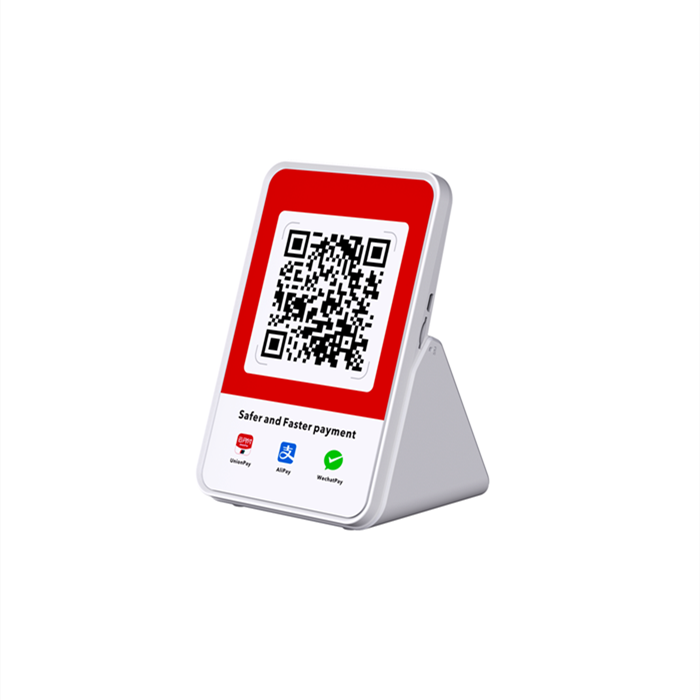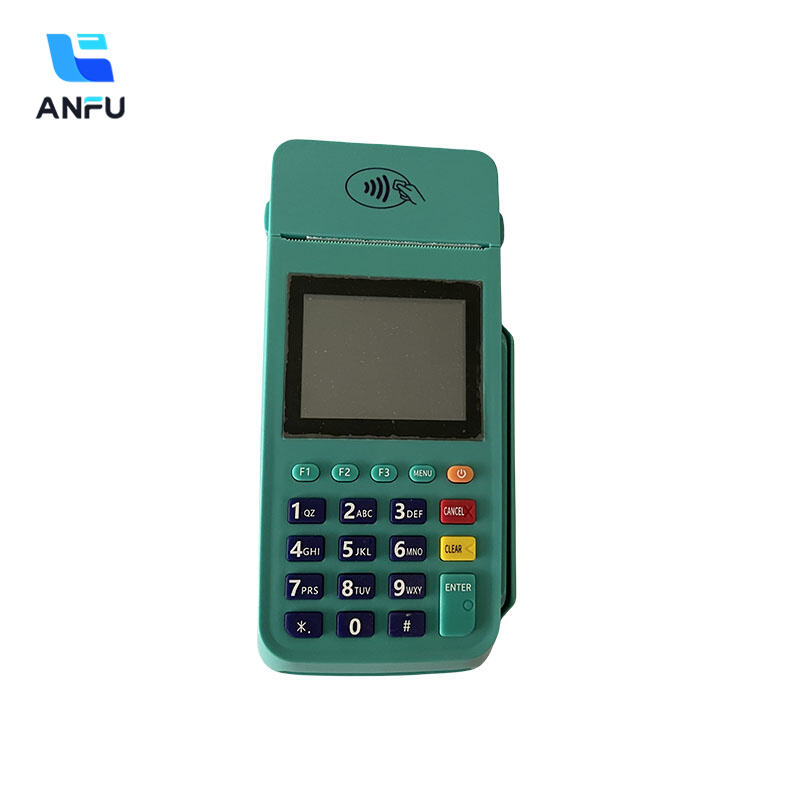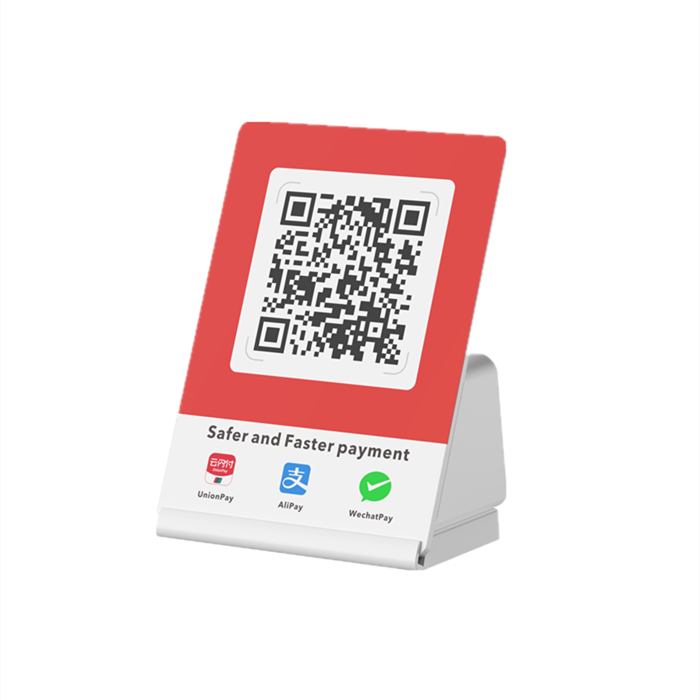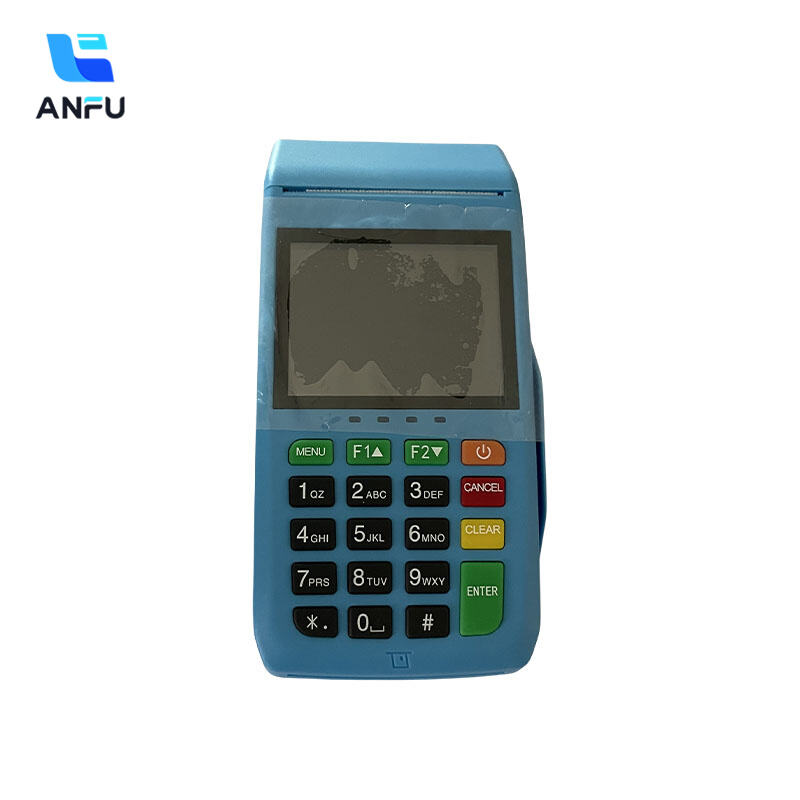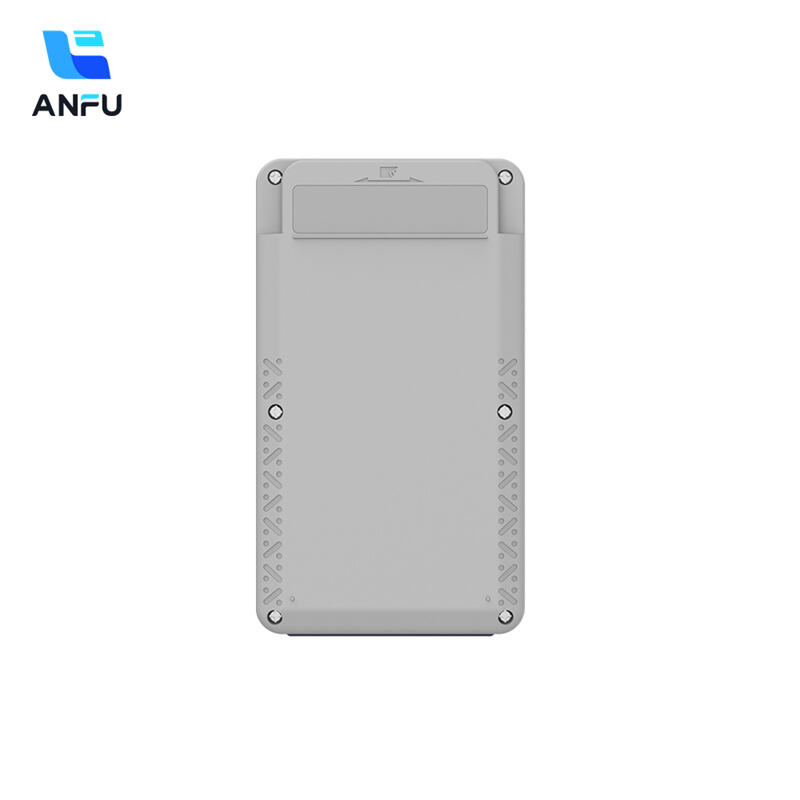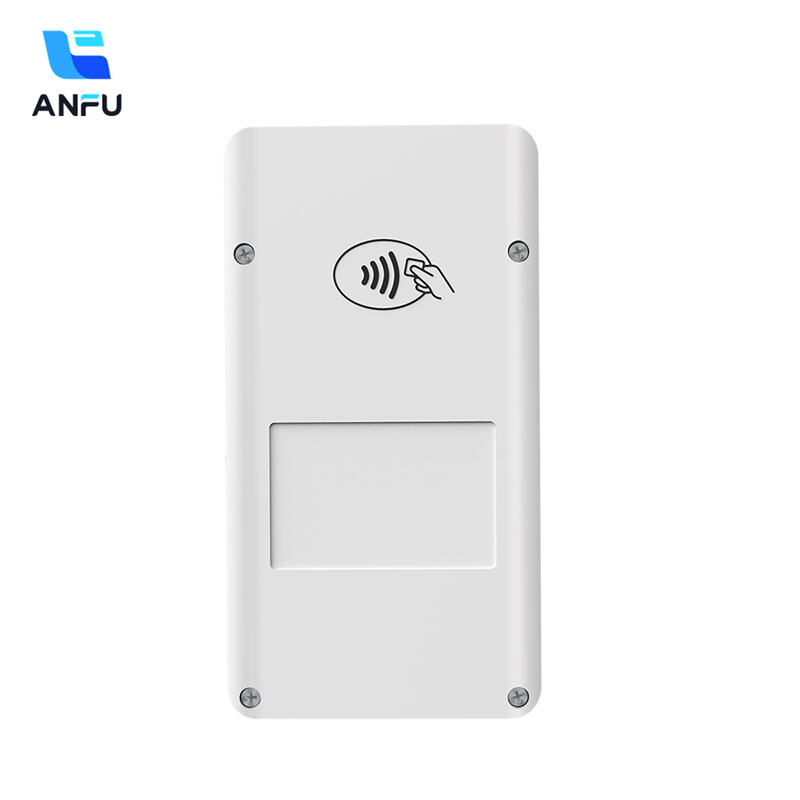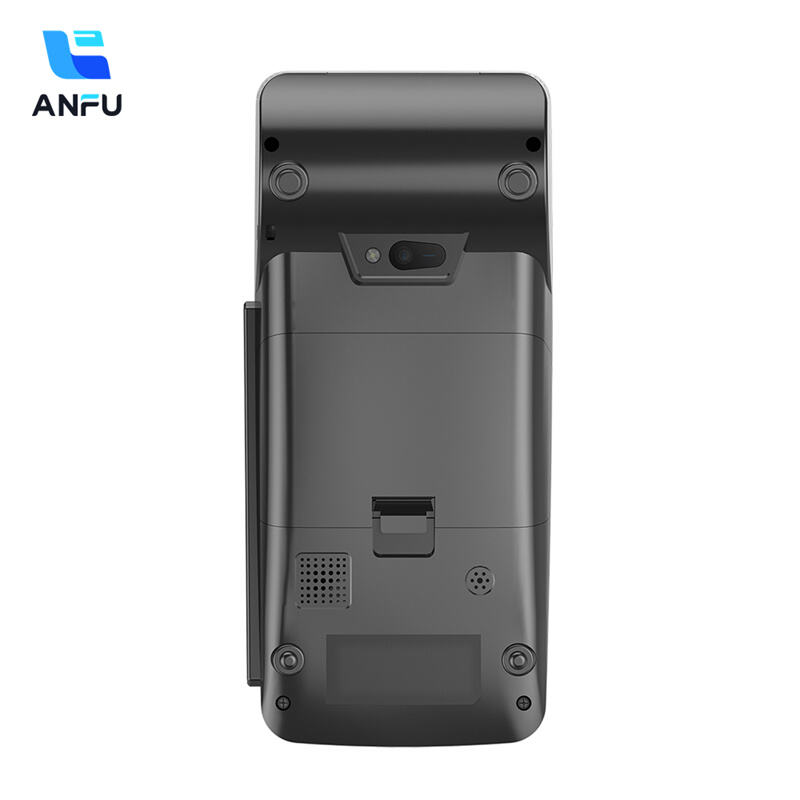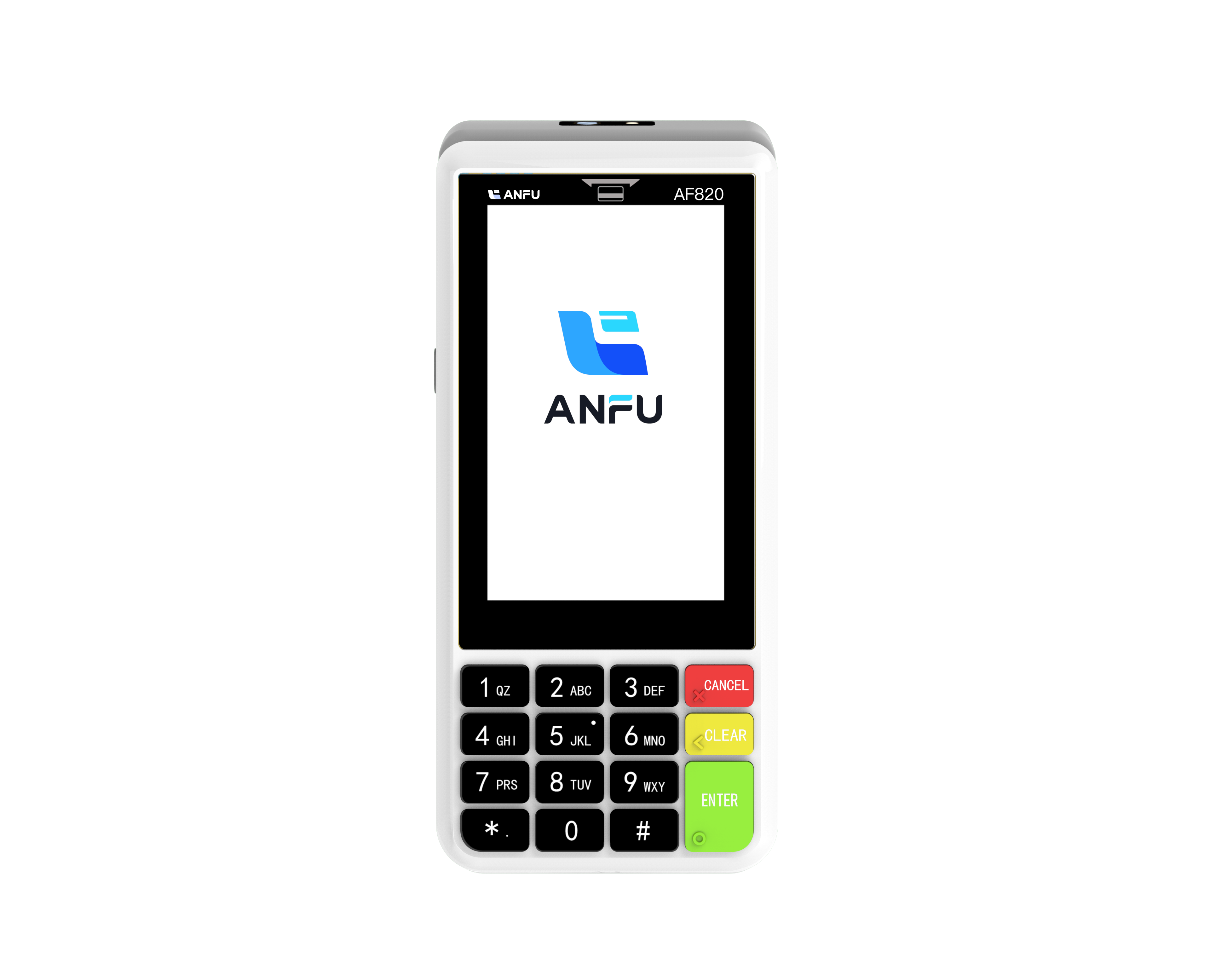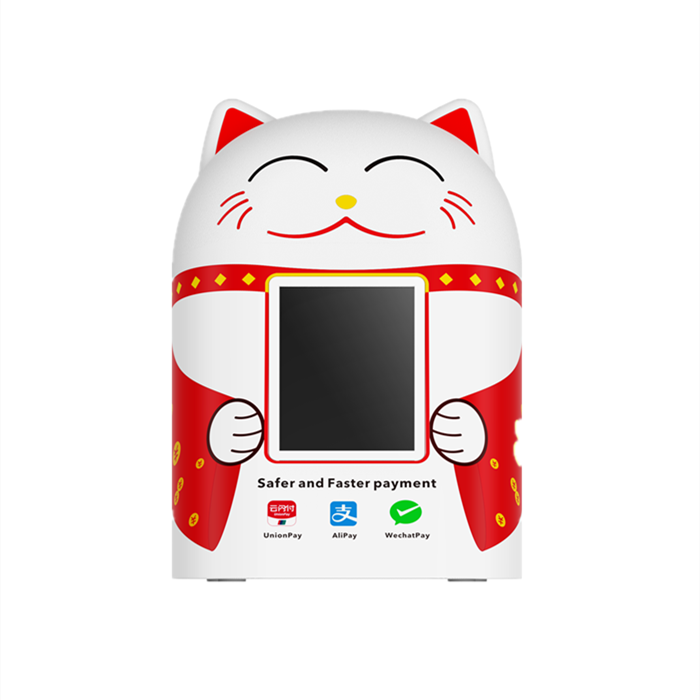Business Insights: How Different Industries Choose the Right POS Systems
Understanding POS Systems
A Point of Sale (POS) system basically combines hardware and software to handle sales transactions right where customers pay. Retail stores and restaurants rely heavily on these systems day to day since they let businesses take payments, keep track of stock levels, and even build relationships with regulars. The market offers different types of POS solutions too. Traditional setups sit behind counters while newer cloud based versions give merchants much more freedom. Take cloud systems for example, owners can check sales data from their phone during lunch breaks or monitor inventory across several store locations without being physically present. According to research, good POS systems actually cut down checkout times by around 30%, which means happier customers standing in line and smoother overall operations for busy businesses trying to serve people fast without mistakes.
Choosing the Right POS Systems for Different Industries
The choice of POS system really depends on what industry someone is working in. Take retail for example smart terminals there aren't just about processing payments anymore they help keep track of stock levels too while also making customers happier during their shopping experience. According to some research from Retail Systems Research back in 2023, stores that invested in these newer systems saw their checkout times drop by around 25%. Makes sense when we think about how fast paced retail can get sometimes, doesn't it? Speed matters a lot in keeping shoppers satisfied and coming back again.
Handheld POS machines make a real difference in the restaurant business. Many eateries and coffee shops now rely on these little devices to take orders and handle payments without slowing things down. The staff can move around freely while still getting orders right and collecting money fast. According to research from Hospitality Tech, places that switched to handheld systems reported waiting times dropping by about 15%. That means customers spend less time standing around hungry and more time enjoying their meals, which obviously makes them happier overall.
Healthcare facilities are starting to see the benefits of those easy-to-use mobile Android POS systems. They really help cut down on waiting around for patients, both at doctor's offices and drug stores alike. According to recent findings from Healthcare Business Tech, when these mobile payment solutions get used properly, they can speed up the checkout process for patients by about 30%. That kind of efficiency matters a lot in medical settings where time is often critical.
For distribution centers and wholesale operations, wireless point of sale devices that speed up checkouts have become essential tools. They help manage large stockpiles and keep transactions moving quickly without bottlenecks. A recent report from Modern Distribution Management looked at warehouse operations and found that facilities implementing these systems saw about 20% better results when it comes to tracking what's in stock. This kind of boost makes a real difference in how smoothly day to day operations run across the sector.
By understanding these industry-specific needs, businesses can choose POS systems that enhance efficiency and support their unique operational requirements.
Factors to Consider When Choosing a POS System
Choosing the right POS system means knowing what features actually matter for running the business smoothly day to day. Look for systems that can process all kinds of payments from credit cards to mobile wallets, track inventory so nothing gets lost in the backroom, generate useful sales reports, and maybe even have some basic CRM functions to keep customers coming back. Take Square as an example they offer real time inventory updates which helps avoid those awkward moments when a customer asks for something that's actually sold out. Their detailed sales analytics also give shop owners insights into what products are flying off shelves versus what just sits there collecting dust. While these features sound great on paper, implementing them properly takes time and training staff to use everything correctly is half the battle won.
How easy something is to use really matters too. When businesses choose smart mobile payment terminals that are simple to operate, they save tons of time on training their staff and get transactions done faster. Systems that make sense intuitively cut down on mistakes and actually improve how customers feel about their experience. Think about it: when cashiers aren't struggling with complicated interfaces, everyone wins. Some research shows companies see about a 20 percent drop in how long each transaction takes when they switch to these easier systems. That means happier customers overall since nobody likes waiting forever at checkout counters anymore.
The ability to work together with other tools is just as important for any good POS system. These systems need to connect properly with things like accounting packages, online stores, and customer relationship management software so everything runs smoothly throughout the business. When different parts of the operation talk to each other, it keeps all the data straight across departments, makes day to day operations run faster, and gives managers better information when making choices. Companies that have their systems connected can automate a lot of repetitive work that would otherwise take up employee time. Instead of spending hours entering data manually, staff members get to spend more time helping customers and thinking about ways to grow the business.
Evaluating Cost and Budget Allocations
Getting a handle on what Point of Sale (POS) systems really cost is pretty important when planning out budgets. The expenses fall into two main categories upfront stuff and things that keep coming month after month. At first glance, businesses need to shell out cash for all sorts of hardware equipment. Think about those terminal machines, barcode scanners that employees hold in their hands, plus receipt printers that spew out paper after paper throughout the day. Sometimes there's also money spent right away on buying software licenses or paying setup charges from providers. Then we get to the monthly bills that never seem to stop arriving. These usually cover subscriptions for keeping software updated, regular maintenance checks to make sure everything runs smoothly, and those pesky transaction fees charged by different payment processors. Some companies charge more than others based on how they process credit card payments, so this part can actually vary quite a bit between different POS solutions.
Putting money into a good point of sale system pays off for businesses in the long run. Sure, buying one upfront costs quite a bit, but all those extra features and better integration usually save cash down the road while bringing in more sales too. Modern POS terminals really make a difference at checkout counters where they cut down wait times and minimize mistakes when ringing up purchases. Customers notice these improvements and tend to come back again because their experience was smoother overall. So spending on a decent quality POS isn't just about fixing operational issues it actually helps grow the business through faster, more dependable day to day processes that keep everything running without hiccups.
The Importance of Future-Proofing Your POS Selection
When picking out a Point of Sale (POS) system these days, adapting to new tech isn't just nice to have it's pretty much essential. Mobile payments and contactless transactions are taking off everywhere, so businesses need systems that keep up. The good news is customers love faster checkouts, and businesses save time too since money moves quicker through the registers. A smart POS setup that handles all these changes makes for happy customers who don't want to wait around. Stores that get this right tend to stand out from competitors still stuck with old fashioned cash registers, even if they're not exactly leading the charge in tech innovation.
Scalability matters when picking out a POS system for investment. Most businesses find their tech needs change as they grow bigger. A good POS solution should handle growth pains down the road. Look for systems that let stores handle more transactions during busy periods, add features like loyalty programs later on, and adjust to whatever comes next without throwing away the whole setup. Real world experience shows that businesses often face unexpected changes in volume or functionality requirements. The right scalable system avoids those headaches from having to start over again or spend extra money on expensive updates when scaling up operations.
Best Practices for Implementing a New POS System
When bringing in a new point of sale system, businesses need to think ahead and properly train everyone involved if they want things to go smoothly. A good plan is absolutely necessary here something that maps out exactly what needs doing when, who's responsible for each task, and how long everything should take. Staff members must get hands-on experience with all the different aspects of the new software before going live. This kind of preparation lets employees become comfortable with the technology so they don't slow down service during busy periods. Plus, workers who understand the system inside out can answer customer questions faster about things like transaction details, returns policies, or even suggest complementary products based on purchase history.
Keeping an eye on things and making changes when needed plays a big role in getting the most out of a new point-of-sale setup. Look at numbers like how long transactions take and how often the system stays online to spot where improvements might be possible. Collecting thoughts from people who actually use the system daily, whether they work there or shop there, gives valuable insights for fixing problems fast and boosting performance across the board. Small tweaks over time keep the POS running smoothly alongside what the business wants to achieve and what shoppers expect these days. Many stores find that regular fine-tuning leads to fewer frustrations at checkout and happier customers walking through their doors.
Recommended Products
Hot News
-
Smart Card 2019
2024-01-23
-
Trustech 2019
2024-01-12
-
Futurecom 2019
2024-01-12
-
Seamless Payments Asia 2020
2024-01-12
-
Seamless Middle East 2022
2024-01-12

 EN
EN
 AR
AR
 BG
BG
 CS
CS
 DA
DA
 NL
NL
 FR
FR
 IT
IT
 JA
JA
 KO
KO
 PL
PL
 PT
PT
 RU
RU
 ES
ES
 TL
TL
 ID
ID
 LT
LT
 UK
UK
 VI
VI
 HU
HU
 MT
MT
 TH
TH
 TR
TR
 FA
FA
 AF
AF
 MS
MS
 MK
MK
 HY
HY
 AZ
AZ
 KA
KA
 BN
BN
 BS
BS
 LO
LO
 MN
MN
 NE
NE
 ZU
ZU
 MY
MY
 KK
KK
 UZ
UZ
 KY
KY
